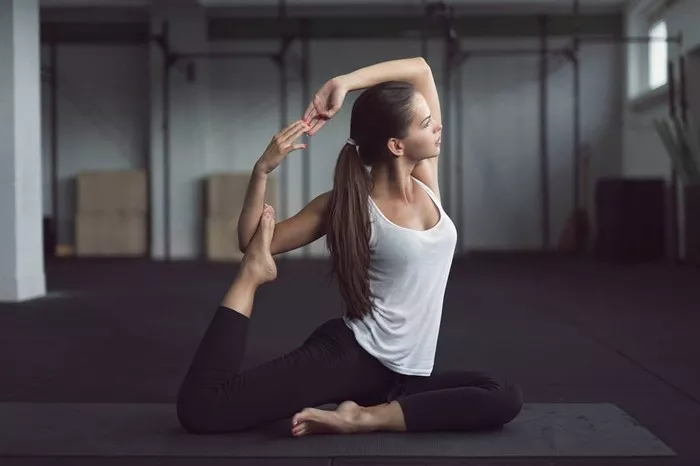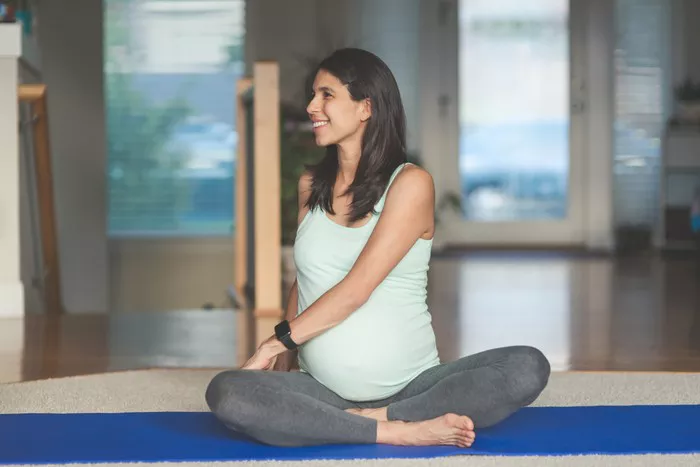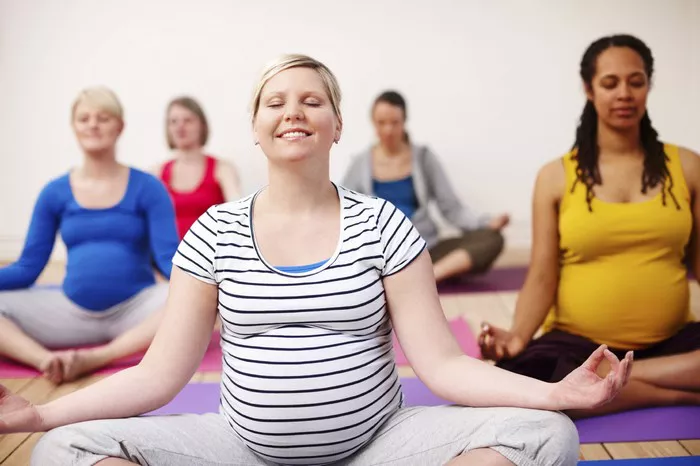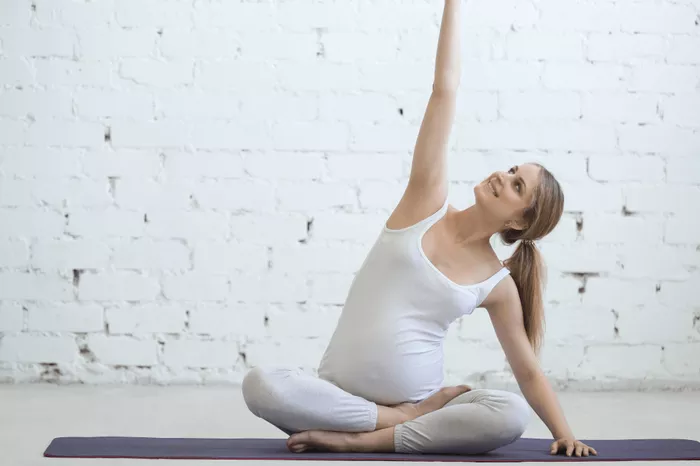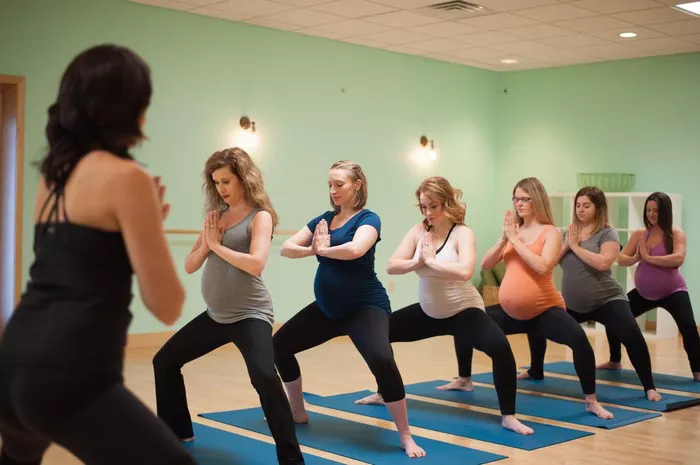Neck injuries are more common than many realize and can range from mild muscle strains to severe issues involving the cervical spine. While yoga offers many health benefits—such as improved flexibility, stress relief, and posture correction—certain poses can be harmful if performed incorrectly, especially when dealing with a neck injury. A neck injury can limit range of motion, weaken supportive muscles, and cause chronic discomfort. Practicing yoga without adapting to these limitations may worsen the condition, potentially leading to long-term complications.
Yoga involves a variety of poses, some of which place a significant load on the neck either through compression, twisting, or by demanding balance and support from this sensitive region. Understanding which poses to avoid is critical for anyone with a neck injury, whether it’s due to a recent accident, degenerative conditions like arthritis, or repetitive strain. This guide provides detailed information about twelve specific poses that should be avoided to prevent further damage and promote safer recovery.
The Role of the Neck in Yoga Postures
The neck, or cervical spine, supports the weight of the head and allows for a wide range of motion. In yoga, the neck often functions as a transitional structure that links head movements with the spine and shoulders. This makes it vulnerable to injury, especially in poses involving inversion, excessive rotation, or bearing weight directly on the cervical vertebrae.
Even seemingly simple poses can become risky if the alignment is off or if the practitioner ignores subtle signals from their body. The ligaments, discs, and muscles in the neck are not designed to endure the kind of pressure some yoga poses apply. When performing yoga with a neck injury, the priority should always be to reduce strain, enhance stability, and foster gentle mobility. Proper modifications, the use of props, and professional guidance can help maintain a yoga practice without aggravating the injury.
12 Yoga Poses to Avoid If You Have a Neck Injury
Below is a list of twelve yoga poses that individuals with neck injuries should avoid. Each pose is explained in terms of its impact on the neck and the potential risks it poses.
1. Shoulder Stand (Sarvangasana)
This inversion places the body’s entire weight on the neck and upper shoulders. The cervical spine is compressed due to the lack of muscular support, especially if proper alignment isn’t maintained. For people with neck injuries, this pose can exacerbate pain, compress discs, and strain the vertebrae.
Even with props like blankets under the shoulders, it remains a high-risk pose. Alternatives include legs-up-the-wall pose (Viparita Karani), which provides similar benefits without endangering the neck.
2. Headstand (Sirsasana)
Headstand is one of the most dangerous poses for individuals with cervical spine issues. It requires balancing the body upside down with significant pressure on the neck and head. This can cause disc herniation, spinal misalignment, or even nerve damage if performed incorrectly.
The strength and alignment needed for a safe headstand are difficult to achieve, even for experienced yogis. People with any history of neck pain or instability should skip this pose entirely.
3. Plow Pose (Halasana)
Plow pose is an inversion that stretches the spine by bringing the legs overhead while lying on the back. However, it also forces the neck into extreme flexion, which can worsen existing injuries. The pressure on the cervical spine and lack of muscle support can lead to nerve impingement and muscular tension.
If you’re recovering from a neck injury, use supine stretches with more neutral neck alignment instead, like knees-to-chest pose or gentle spinal twists.
4. Fish Pose (Matsyasana)
Fish pose arches the upper back while the crown of the head rests on the floor. This extension of the neck can irritate existing injuries by pinching nerves or overstretching muscles. It’s especially risky for those with herniated discs or whiplash injuries.
A safer approach is to use a bolster or block under the upper back to lift the chest gently without hyperextending the neck.
5. Camel Pose (Ustrasana)
Camel pose opens the chest by arching the spine backward and dropping the head. While this may feel like a good stretch, the sudden extension of the neck can destabilize an injured cervical spine. People often neglect proper engagement of the back muscles, leading to collapse and compression in the neck area.
Those with neck issues should avoid dropping the head and instead keep the chin slightly tucked while performing heart-opening variations.
6. Wheel Pose (Urdhva Dhanurasana)
Wheel pose is a deep backbend requiring full body engagement. The head often drops backward, causing significant pressure on the neck, especially if the shoulders and upper back lack mobility. The pose’s intense nature increases the risk of misalignment and injury in vulnerable areas.
Instead of this advanced posture, try bridge pose with a block under the sacrum for gentle elevation and back support, keeping the head neutral.
7. Bow Pose (Dhanurasana)
In this backbend, the practitioner lies on the stomach and lifts the chest and legs, often craning the neck upward. This posture can intensify strain on the neck, especially if flexibility is lacking in the spine or hips. Holding the pose too long may lead to muscle spasms or fatigue.
A gentler backbend like cobra pose with a supported forehead may be a safer option during neck recovery.
8. Revolved Triangle Pose (Parivrtta Trikonasana)
This twisted standing pose combines spinal rotation and neck turning, which can be problematic for those with cervical disc issues or limited mobility. The head is often turned upward, which can lead to over-rotation of the neck and imbalance.
A safer approach involves keeping the gaze forward or downward and minimizing the twist through the neck, focusing on gentle spinal rotation instead.
9. Seated Forward Bend (Paschimottanasana) With Neck Drop
Though not inherently dangerous, seated forward bends become risky when the head is allowed to hang heavily, pulling on the cervical spine. This can lead to overstretching the neck muscles and increase discomfort in cases of strain or instability.
When performing forward bends, keep the head aligned with the spine or rest it on a bolster to reduce strain on the neck.
10. Crow Pose (Bakasana)
This arm balance requires forward leaning and intense core control. The neck is often extended in an attempt to balance, and if a fall occurs, the neck could suffer impact. Even in successful holds, tension in the shoulders and neck increases significantly.
Practitioners with neck issues should avoid arm balances entirely until full strength and stability return. Floor-based core exercises are a safer alternative.
11. Shoulder-Binding Poses (e.g., Cow Face Pose – Gomukhasana)
These poses involve drawing the arms behind the back and potentially turning the head to one side. This motion, though subtle, can cause compression or tension in the neck, especially if one shoulder is tighter than the other. Uneven pulling can exacerbate muscular imbalances and contribute to discomfort.
Modify these poses by using a strap or avoiding deep binds altogether to protect the neck and shoulders.
12. Standing Backbend (Anuvittasana)
Often used in sun salutations, this pose involves extending the arms overhead and arching the spine. The head naturally drops back, potentially compressing the neck, especially if performed with momentum or lack of control. The quick transition from standing to backbend may also trigger dizziness or vertigo in those with neck injuries.
Modify this by maintaining a neutral neck position and focusing on gentle chest opening rather than deep spinal extension.
General Guidelines for Practicing Yoga With a Neck Injury
If you’re recovering from a neck injury, the following tips can help you continue your yoga practice safely:
- Consult a healthcare professional before beginning or resuming yoga.
- Work with a certified yoga therapist who has experience with injury modifications.
- Use props such as blocks, bolsters, and straps to reduce pressure on the neck.
- Prioritize alignment over depth or intensity of the pose.
- Keep the neck in a neutral position unless advised otherwise by a medical professional.
- Avoid fast transitions that may jolt the neck or compromise your balance.
- Stay within pain-free limits; discomfort is a signal to stop, not push further.
Safer Alternatives and Modifications
While avoiding certain poses is important, there are still many beneficial yoga practices for those with neck injuries. Here are a few examples of safer movements and poses:
- Cat-Cow Pose: Performed slowly with awareness, this gently mobilizes the spine without stressing the neck.
- Thread-the-Needle: With a neutral spine and gentle movement, this can aid in shoulder and upper back release.
- Legs-Up-the-Wall (Viparita Karani): Offers the calming benefits of inversions without pressure on the neck.
- Savasana With Neck Support: Restorative and healing, especially when a rolled towel supports the neck curve.
- Supine Spinal Twists: Keep the gaze upward or downward instead of turning the head to protect the cervical spine.
By focusing on these alternatives, you can maintain your yoga practice and continue to gain physical and mental benefits while allowing the neck to heal properly.
Conclusion
Practicing yoga with a neck injury requires careful attention to pose selection and body awareness. The twelve poses listed above should be avoided due to their potential to aggravate cervical spine issues. However, this does not mean yoga must be abandoned. With thoughtful modifications, the use of props, and guidance from knowledgeable instructors, yoga can remain a valuable part of your healing journey.
Always prioritize safety and listen to your body. Pain is not a sign of progress, especially when dealing with injuries. With time, patience, and the right approach, yoga can support your recovery and help restore strength and mobility without compromising your health.
Related Topics:
- How to do Tree Pose for Beginners: Step by Step Guide
- 5 Benefits of Vrikshasana: What to Know
- How Many Poses Should Be in a Yoga Sequence: A Full Guide






